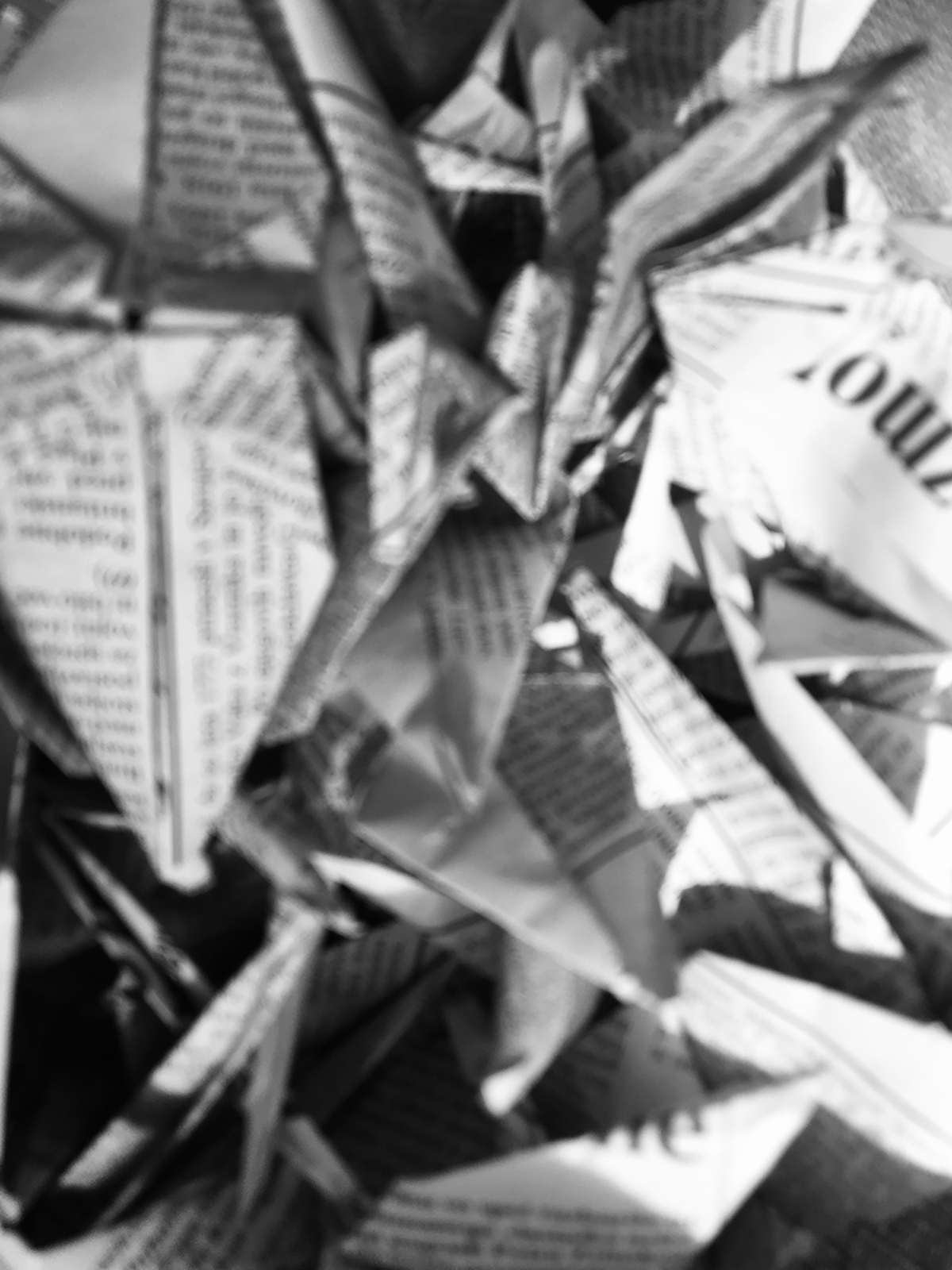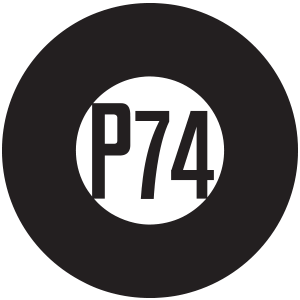
Photo: Liza Jutra Norčič
16 January – 6 February 2024
P74 Gallery
You are cordially invited to attend the opening of the exhibition The Silence We Owe by Liza Jutra Norčič on Tuesday, 16 January 2024, between 7pm and 9pm at the P74 Gallery in Ljubljana.
_____
For Liza Jutra Norčič, a student of painting, last year has primarily been about dealing with the topic of (apparent) nonsense, or more precisely, how it intensifies and gradually acquires meaning through repetition and multiplication. She is interested in how chance, the human psyche and well-being affect the mechanical task of systematic and/or rhythmic repetition of impersonal gestures and how the final product acquires personal, autobiographical qualities. The era of crisis of artistic expression in the field of painting has led her to reach for other media and create works characterised by site-specificity and long-term, repetitive processes, even with a certain degree of absurdity. Her spatial interventions are mainly ephemeral. The vantage point for this exhibition design was a short poem by the Palestinian-Israeli poet Marwan Makhoul, which reads:
»In order for me to write poetry that isn’t political, I must listen to the birds.
And in order to hear the birds the warplanes must be silent.«
This poem, of an older date, has recently gained more attention as Palestine has also gained more attention than usual despite the long-standing unresolved situation. Liza Jutra Norčič’s two-part composition summarises the poem’s content while its selection shows the strength of the individual’s voice and takes a critical stance towards the normalisation of war conflicts as a way of resolving disputes. One side of the space, defined by the break in the longer wall, gives way to an interactive steel pipe sound installation. Old, massive pipes are placed horizontally one above the other, which makes them visually resemble a fence. Only one is placed vertically so the viewer can bump into it with minimal movement of the horizontal pipes. This creates the sound of a blow that is further amplified via the contact microphone. On the opposite side stand a thousand paper cranes made of newsprint using origami. The paper birds stand as a soft, gentle counterbalance to the industrial, brutalist pipes but also carry a symbolic note. In Japan, the crane is considered a symbol of peace, but a thousand cranes also lead us to the Japanese tradition, according to which the person who folds a thousand of these paper birds will be granted a wish. They are also a symbol of long life, which is why wishes are (mostly) related to health, and the legend itself became globally famous with the true story of the Japanese girl Sadako Sasaki, a victim of the consequences of the Hiroshima bombing.
The artist’s self-task creates a routine that requires only that she complete it – mostly mechanically, without much thought, with the attention that eventually becomes automatism, meaningless for some, but not without a goal. The process of folding origami paper can be seen as something that requires precision and method. But when it comes to mass production according to the same principle, to the repetition of movements and ultimately persistence to the final number, the activity is no longer just a meditative activity of the mind that trains concentration and attention but opens up space for other states that accompany the performer in this activity. The artist’s quote from Gilles Deleuze is indicative: »Repetition changes nothing in the object repeated, but does change something in the mind which contemplates it«. Even the choice of newsprint does not come from purely practical, recycling or aesthetic reasons; the artist uses old newspapers from the 1980s and 1990s that her grandfather carefully collected and stored for years. The installation as a whole is hence a hommage to persistence and a reminder of maintaining the status quo or repeating, even worsening, the situation. At the same time, the gesture is a call for peace. The artist believes that even a tiny anti-war act is an investment in the future in which the war norms will be challenged.
The exhibition is part of the »Youth« series – a professional presentation of artists of the younger generation, one of the vital program orientations of the P.A.R.A.S.I.T.E. Institute.
_____
Liza Jutra Norčič (1999) is currently completing her undergraduate studies in painting at the Academy of Fine Arts and Design. In the last year, she has mainly devoted herself to spatial interventions. She focuses primarily on nonsense, repetition, and multiplication, which are both content-wise and technically intertwined in her artwork creation, and in this processuality, they form different meanings. Her works are created in long-term, iterative processes, often with a certain degree of absurdity present. Her wall and spatial installations are usually time-limited or transient and eventually removed or destroyed. Liza Jutra Norčič has participated in several group projects and exhibitions, including Darmstadt (Cankarjev dom, in collaboration with the Academy of Music), Human # Animal (Slovenian Museum of Natural History), Cabinet of Curiosities (Gallery UL), Time and Immateriality (Slovene Ethnographic Museum), and at the interdisciplinary performative event AGLUO BANG!, in collaboration with the Academy of Music, for which she received the Prešeren Student Prize of the Academy of Fine Arts and Design of the University of Ljubljana.
